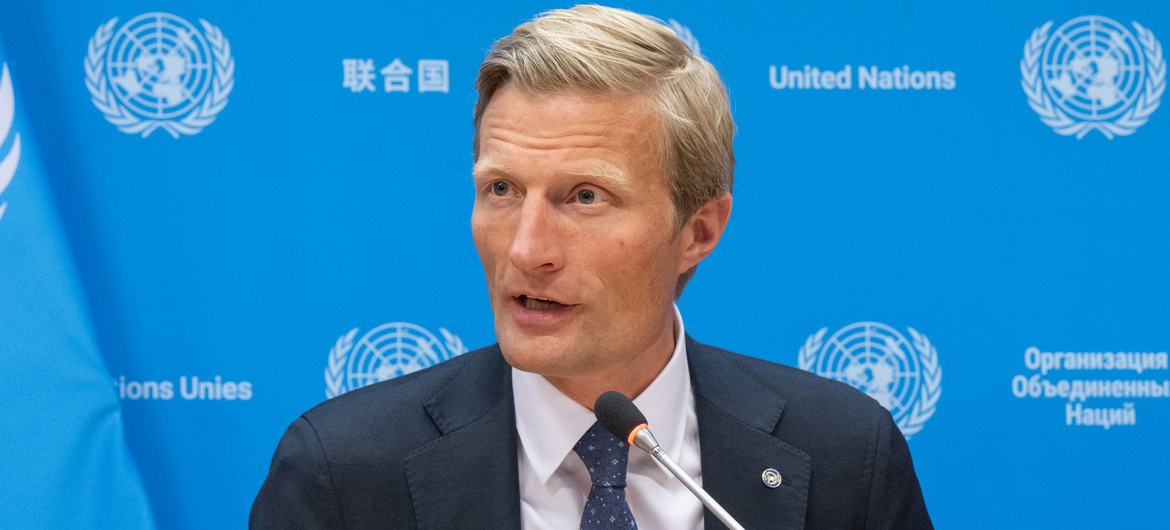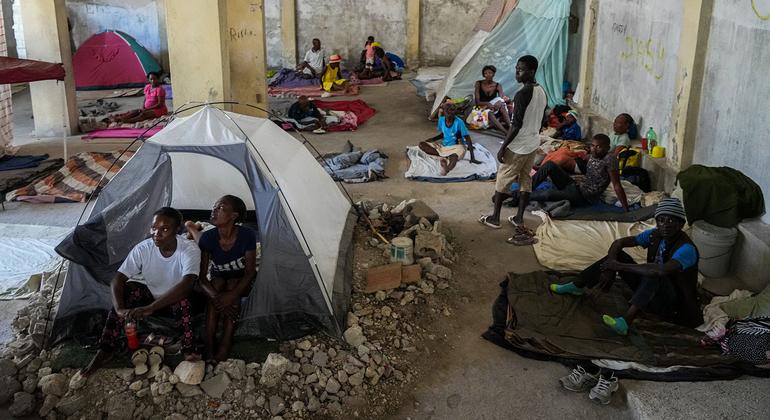Haitians have been facing a multitude of challenges over the years, encompassing political, security, social and economic issues. The protracted crisis has been further exacerbated by months of brutal gang violence that claimed more than 2,500 lives in the first quarter of 2024 alone.
Having recently returned from the country, Carl Skau, WFP Deputy Executive Director, told journalists at UN Headquarters in New York that the crisis was the worst since the 2010 Haiti earthquake.
“Half the population – some five million people are acutely food insecure,” he said, adding that over a million are in the IPC Phase 4 or Emergency level of hunger.
He stressed that a political and security response to the crisis needs to be accompanied by a robust humanitarian response.
“What I saw on the ground is that this can be done, also at the centre of the crisis, in Port-au-Prince. But that we need also to do more on resilience and development elsewhere to really try to break this vicious cycle,” he added.
‘Crisis felt everywhere’
About 90,200 people are displaced in the Port-au-Prince Metropolitan Area, with that number continuing to rise, according to the UN humanitarian affairs office (OCHA).
At the same time, trade is disrupted in other parts of the country, inflation is rising sharply, and supplies are beginning to run out.
“The crisis is felt everywhere,” Mr. Skau said, urging a differentiated response.
“What we need is an emergency response in Port-au-Prince, but we can continue to do other kinds of support, including development support in the rest of the country,” he said.
The WFP official noted that aid supplies are starting to run out on the ground.
“And so, we would need to replenish also with shipments. So, we are hoping, having seen that the international airport open at least for one flight, that that can be sustained and expanded, and also that there would be an opening of the port in Port-au-Prince.”

Carl Skau, Deputy Executive Director of the United Nations World Food Programme (WFP), briefs reporters on his recent visit to Haiti.



